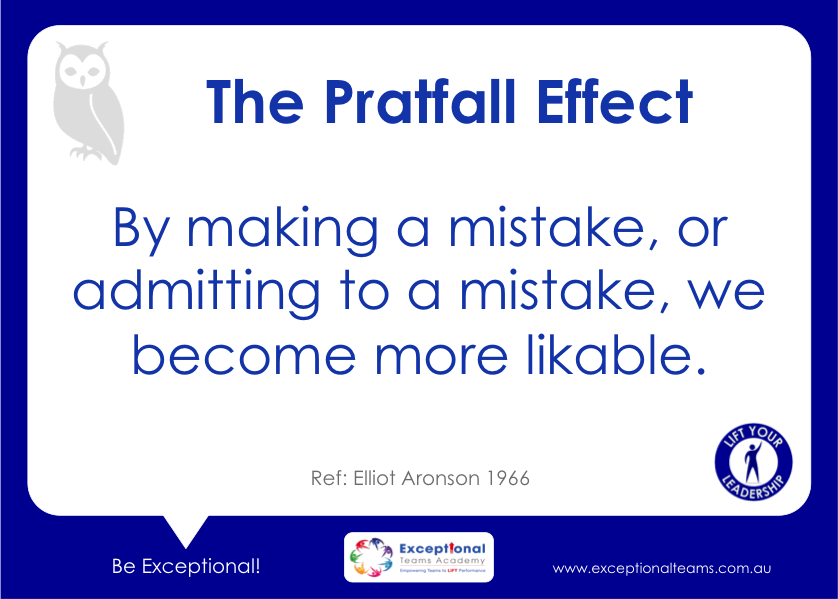Jennifer Lawrence, the name isn’t something that you might have heard for the first time. For those who can’t recollect this gorgeous actress’s face, think about Mystique from the X-Men or of Katniss Everdeen from the Hunger Games, and you’ll probably understand who she is. Jennifer Lawrence is a marvellous actress, having countless accolades to her name as well. She is an Academy as well as a Golden Globe award winner and was also featured in TIME magazine’s Top 100 most influential people of 2013. So what does Katniss Everdeen have to do with my topic for today?

Well, for starters, I’m a huge fan of Jennifer Lawrence, well after all who isn’t? (That was a rhetorical question, don’t bother answering that). But most importantly, she is the perfect example that can be used for explaining the Pratfall Effect. Most critics and pundits describe Jennifer Lawrence as being ‘down-to-earth’, ‘modest’, and ‘relatable’. She even has had some humiliating fumbles on the national television, like tripping at the Oscars, not once, but twice. Despite having these occasional pratfalls, she is well loved and has a huge fan base. So why is that she is described as being ‘relatable’ while several other actresses are not?

The easiest way to explain this is by the ‘Pratfall Effect’. According to this effect, an individual’s attractiveness increases or decreases after he/she makes a pratfall, but this increase in this perceived attractiveness depends on the person’s competence, i.e., that individual’s ability to perform well. Basically, those who never commit a mistake, or certain competent individuals, such as celebrities, are more likeable after they perform certain blunders or pratfalls. Those who are perceived as being perfect are more attractive after they commit some ‘occasional errors’.
Being perfect is not always a good thing to be. Yes, there are countless situations where your expertise can help you reach greater heights, but there are also situations in which your perfection can harm you as well. Perfection, or a quality of such level, generates an invisible wall (of a kind). An invisible wall that the general population can’t see, or to be more exact, they can’t relate to. Thanks to this wall, the one who is perceived as being perfect, or the one who doesn’t make mistakes (or who isn’t seen making mistakes), is less likeable than the one who makes the occasional pratfall.

However, this effect can also serve as a double-edged sword. When those who are perceived as being average or below average makes a mistake, then there’s a huge probability that he/she will be less likeable to others. Basically, if you continuously keep on committing blunders, you’ll lose your attractiveness and you’ll appear less likeable to others.
In the year 1966, social psychologist Elliot Aronson conducted some experiments which led to the discovery of this theory. Decades have passed since then, and many other psychologists have conducted several other experiments to validate this theory. And surprisingly enough, this theory had withstood each and every test and is now a well-accepted theory in the field of psychology.

So what can we possibly take back from all this? The pratfall effect just screams out one obvious thing. It’s ok to make mistakes. It’s perfectly fine to commit blunders as long as you learn from them. Never committing an error, or living in the fear of making a mistake, just ruins your life and does no good to your career. Mistakes just make you human, that’s all. Neither do they spoil your social image, nor do they do any significant damage to the way your lives will turn out. But that doesn’t mean that you can knowingly commit some huge errors and hope to get away with. It doesn’t work like that. The occasional pratfall does no harm. Stop overthinking things and live your life. What you deserve will come your way, that’s for sure. So stop worrying about making mistakes and for a change, experience, what it means to be human.


















